Toyota’s first all-electric model is no doubt an important one for the most popular car brand in Australia, but how much would you pay for the tailpipe emissions-free bZ4X SUV?
Due to launch in local showrooms towards the end of 2022 or early in 2023, the bZ4X will no doubt be pricey as the technological flagship for Toyota, but pricing in the UK – which happens to also be a right-hand-drive market like Australia – could point the way for the Hyundai Ioniq 5 rival.
Four variants are available in the UK, kicking off with the Pure for £41,950, which converts to about $A79,135.
Keep in mind that UK pricing very seldom mirrors Australian figures – for example, the cheapest RAV4 Hybrid available in the UK costs £31,945 or about $A60,262, much higher than Australia’s $36,800 before on-road costs price for the entry-level petrol-electric GX grade – but Toyota has stated in the past that the bZ4X “will be expensive” when it lands in local showrooms.
“It (bZ4X) will be expensive, there will be significant research and development cost recovery,” Toyota Australia vice-president of marketing Sean Hanley said back in April when the all-electric model was revealed.
In the UK, the Ioniq 5 kicks off from £36,995, or about $A69,788, which isn’t too far off its $71,900 starting price in Australia.
If Toyota Australia chooses to position the bZ4X above the Ioniq 5 like in the UK, a circa-$75,000-$80,000 starting price could be on the table.

Looking at the spec sheet, the base bZ4X Pure is equipped with 18-inch wheels, push-button start, dual-zone climate control and an 8.0-inch multimedia screen with wireless Apple CarPlay and Android Auto.
Safety is also a strong suit for the bZ4X, with lane departure warning, autonomous emergency braking with pedestrian and cyclist detection, traffic sign recognition, lane keep assist, and a reversing camera as standard.
However, given Australia’s propensity to offer fully equipped models, even at the entry point, Toyota could skip the Pure in favour of the Motion grade, which adds features like a powered tailgate, wireless smartphone charger, heated front seats, power adjustable driver’s seat and rear privacy glass.

The multimedia system is also upgraded to a 12.3-inch unit, while other high-tech features include ambient interior lighting, blind-spot monitoring, surround-view camera and driver fatigue detection – much more befitting of a cutting-edge model.
Pricing does creep up to £45,750 ($A86,304), but that’s for the front-drive version, with all-wheel-drive adding a yet-to-be-disclosed amount.
Underpinning the bZ4X is a 71.4kWh lithium-ion battery that serves up a driving range of up to 460km, but with fast-charging capabilities, owners can recoup 80 per cent of the battery in as little as 23 minutes.

Front-drive grades offer up 150kW of power from a single electric motor, while all-wheel-drive variants make use of two 80kW motors (one on each axle) for a combined output of 160kW.
Mr Hanley also said Australian supply of the bZ4X will be extremely limited in the first 12 months after it goes on sale.
“bZ4X will start low volume, like the Prius, between one and two hundred for the first year, similar to what we’ve done with Mirai,” he said.
However, given the sell-out success of the Ioniq 5, which found homes for its first-year allocation of 240 units just hours after going on sale, Toyota might have underestimated the local appetite for an electric mid-size SUV.




.jpg)







.jpg)
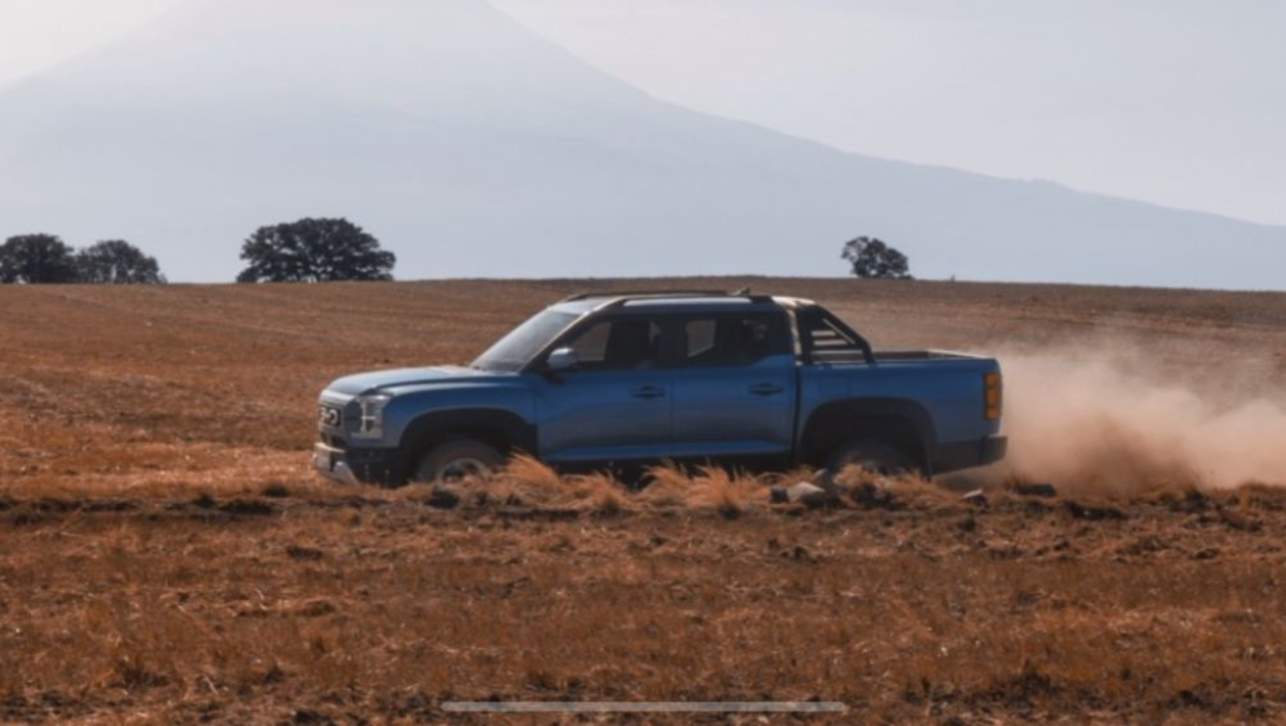
.jpg)
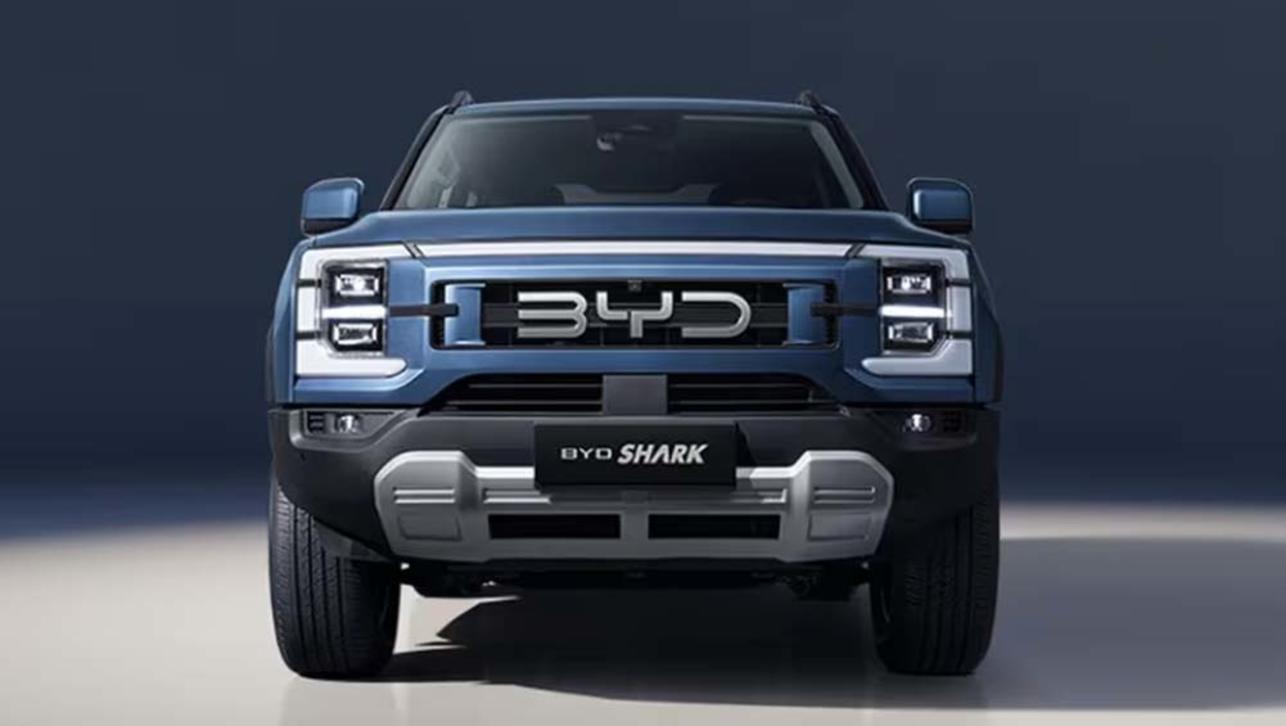
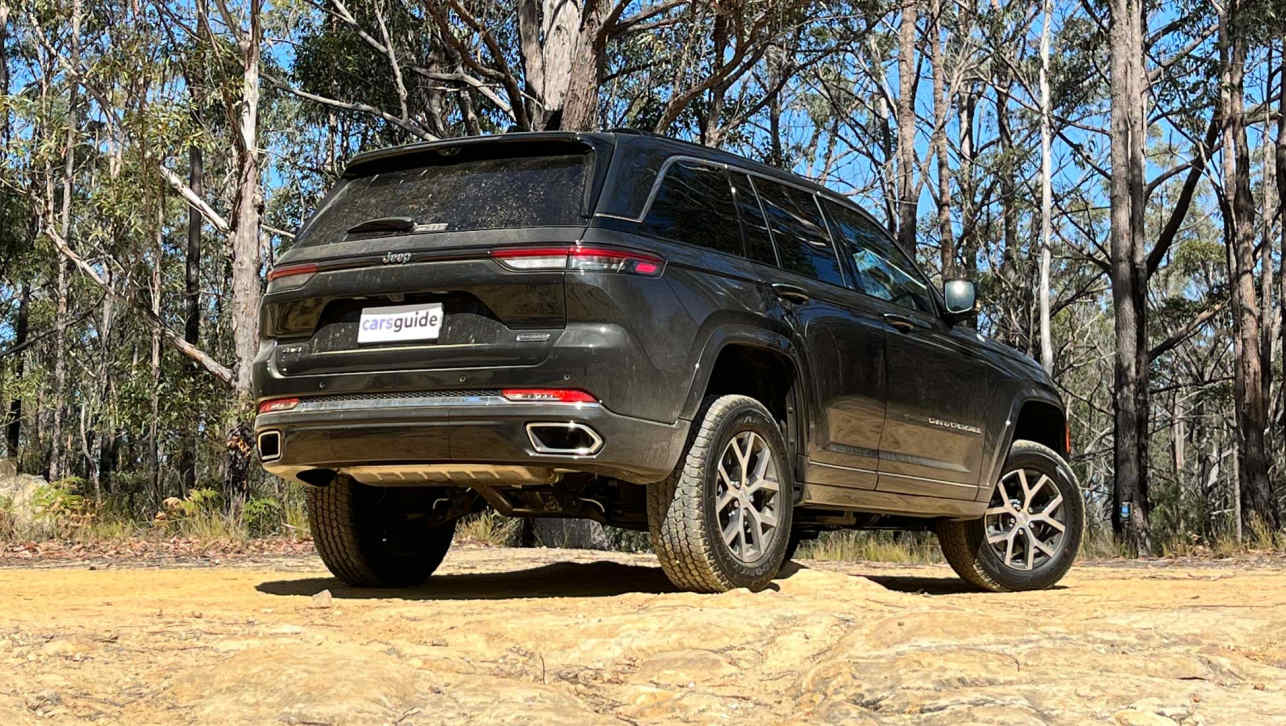
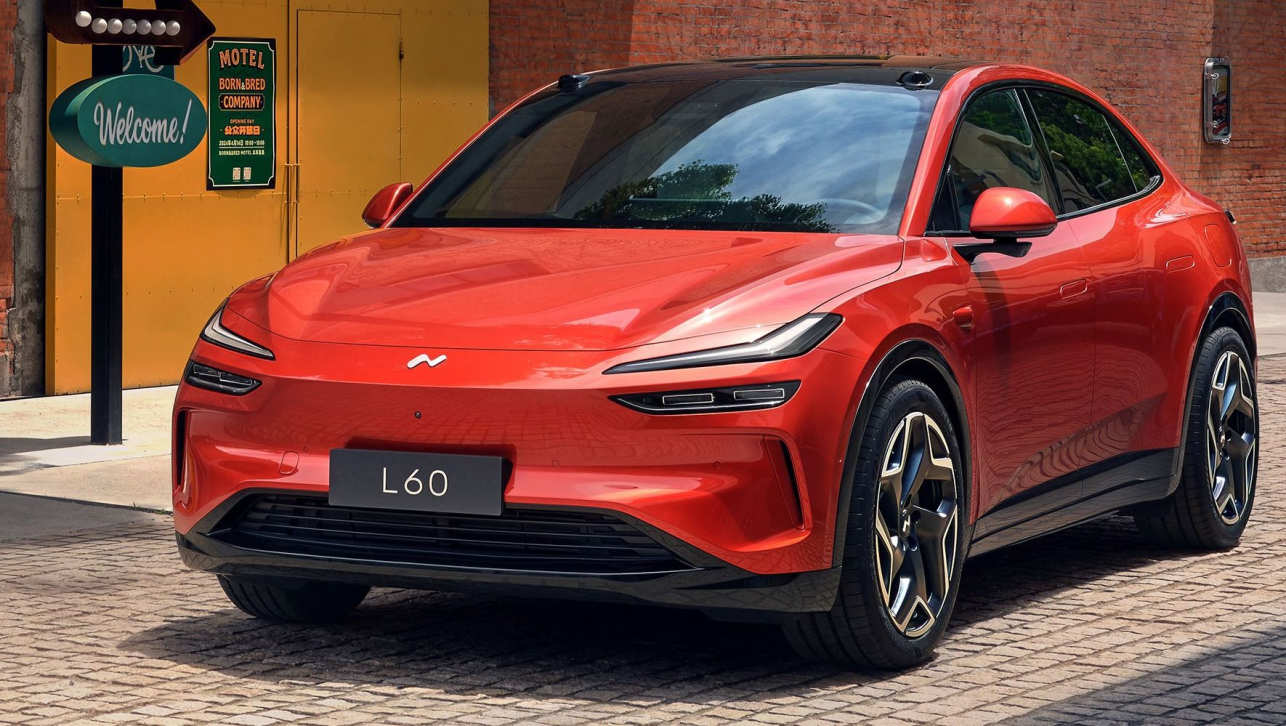

.jpg)




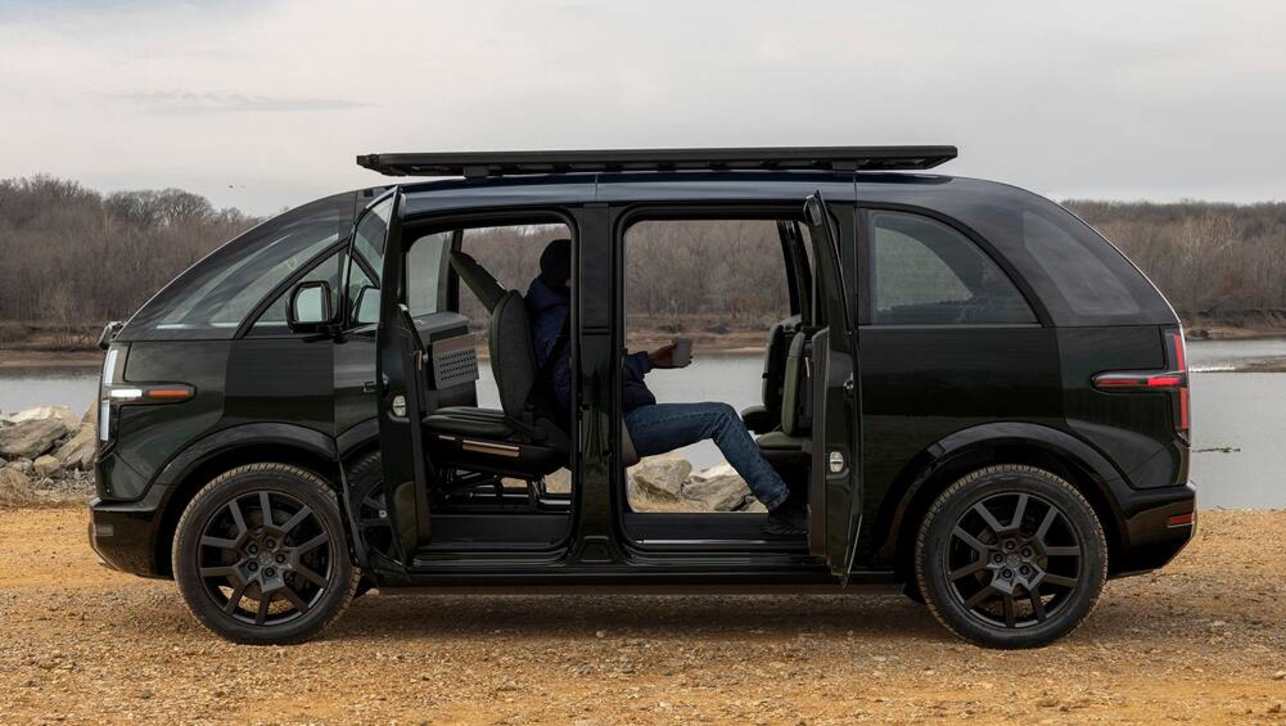


.jpg)


Comments